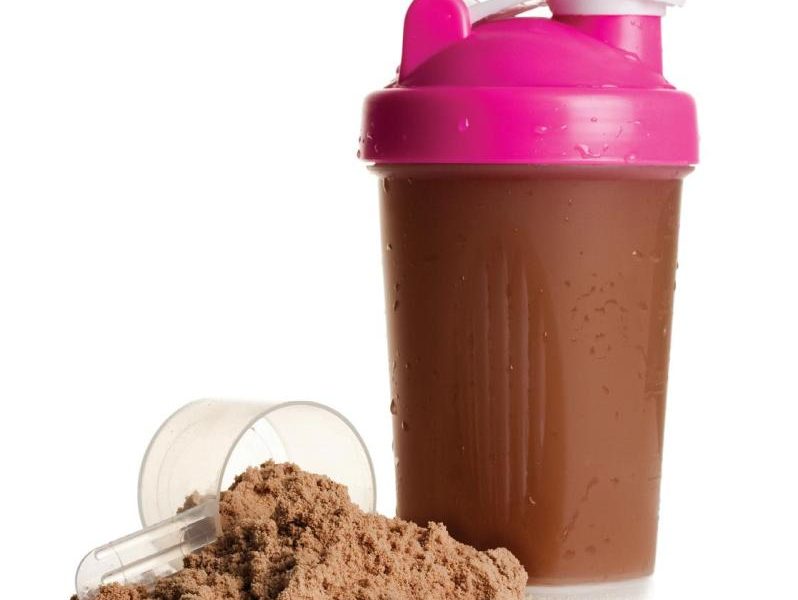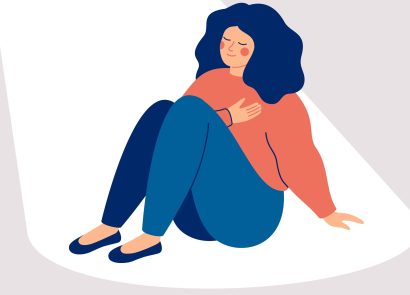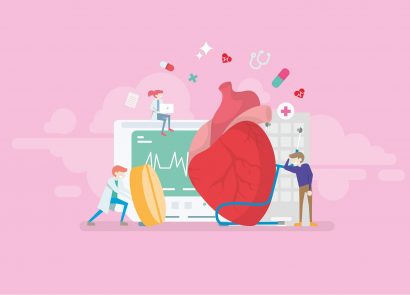If your fitness goal is to slim down, you may be tempted to try anything to meet that target. From detox teas to diet pills, it seems like there are endless weight loss products on the market. All of them designed to promote optimum thinness. And meal replacement shakes are no exception. However, can we really trust these drinks? Are their ingredients actually safe, and, if so, should we be using them at all? H&W investigates…
What’s the research?
A recent study led by Professor Roy Taylor of Newcastle University and Professor Mike Lean of Glasgow University showed that by following a low-calorie diet (800 calories per day), mainly using meal replacement shakes, it was possible to lose and keep off, large amounts of weight. As well as reverse type 2 diabetes. Now, the NHS is planning a larger trial of this diet, before considering a nationwide rollout. Dr Michael Mosely (of the 5:2 diet fame) has also picked up on the research. He’s to be launching his new Fast 800 plan that incorporates weight loss shakes.
What do the experts say?
So far, so good, but could meal replacement shakes really be the Holy Grail of dieting? Well, maybe. “Very low-calorie diets (VLCDs) of around 800 calories have been shown to reduce weight and, more importantly, improve type 2 diabetes,” says weight-loss consultant Dr Sally Norton (vavistalife.com). “People with this disease have insulin resistance. This means that the body produces more and more insulin in an effort to control blood sugar, and insulin leads to weight gain. This creates a vicious cycle.
By cutting calories, and therefore reducing blood sugar, the insulin levels are able to drop. Normal insulin sensitivity, therefore, can be restored. Using meal replacement shakes and soups means that doctors can ensure that their patients get all the nutrients they need. Whilst they also slash the calories. Therefore, in that sense they are effective. They also remove the need to think about buying or preparing food, which can reduce the temptation for some people.”
Are they safe to use?
You’d think that, if these drinks are so effective, experts would be recommending them to us all. However, this isn’t the case. “Before embarking on a meal replacement plan, there are a couple of important considerations to bear in mind,” says nutritionist Kim Pearson (kim-pearson.co.uk). “First of all, meal replacement diets are not for everyone. Certain health conditions, some medications, pregnancy and breastfeeding can make some people unsuitable to consume a meal replacement diet. If you’re unsure, always check with your GP. Secondly, not all meal replacement programmes are created equal. Some products positioned as meal replacements are lacking in essential nutrients and, surprisingly, despite being low-calorie some can contain the equivalent of several teaspoons of sugar per serving.”
Registered nurse Sophie Thurner (sophiethurnernutrition.com) agrees. She warns that weight loss shakes may also contain additives. For example, emulsifiers, artificial sweeteners and stabilisers. They can irritate the gut and result in bloating and flatulence. Not what you want if you’re heading away this summer!
What are the negatives?
The research may suggest that meal replacement shakes are a gift to those wanting to lose some weight. But they may not deliver on those promises. “Living on soups and shakes forever is near impossible (and why should you) and, if people return to their previous way of eating, the benefits will soon be lost,” says Dr Sally.
“This can lead to the classic weight yo-yo-ing that many dieters recognise, which isn’t healthy. Also, for some people, this strict plan could even trigger binge eating behaviour.”
Having a balanced meal is preferable to a weight-loss shake for a number of reasons, says Sophie. “Firstly, you take in additional micro-nutrients and other important components, such as fibre,” she explains.
“Fibre is essential, not only to feed the good bacteria in your gut, thereby promoting gut health, but also to provide roughage to encourage regular bowel movements (and get rid of toxins). Additionally, it’s been shown to increase feelings of satiety. This means that you’ll be less tempted to snack between meals. Secondly, a solid meal will digest more slowly, so you’ll feel fuller for longer. It can also encourage healthy eating patterns, and sitting down to have a proper meal has been shown to result in higher meal satisfaction than consuming a shake on the go. Finally, the act of chewing is a part of a well-functioning digestion process and releases important digestive enzymes, such as amylase.”
What should I have instead?
Sophie recommends spending your money on fresh and frozen vegetables Instead of relying on these shakes. Which, let’s face it, are often pricey. “Include these in most meals as part of a well-balanced diet that also includes healthy fats, particularly omega 3, which are highly anti-inflammatory,” she says. “In addition to that, moving a little bit every day, getting enough sleep, stopping smoking and avoiding high intakes of alcohol are all healthier approaches to preventing the development of obesity and obesity-related diseases than weight loss drinks.”
What if I do want to try it?
If you’re still interested in trying meal replacement shakes to lose weight, there are some things you should think about before you start. “A VLCD should only be undertaken with a clear health goal in mind, under medical advice and with the intention of moving onto a well-balanced eating plan after around 12 weeks,” says Dr Sally. “It should be used as a bridge to cutting out sugar and processed foods. So you can focus on real food – vegetables, oily fish, nuts, olive oil and other nutrient-rich elements of a sustainable eating plan, instead. But, many of us can just skip the soup and shakes part and move straight onto a strategy of eating less (especially processed carbohydrates and sugar), and avoiding snacking – both of which reduce insulin release – while focusing on nutrients.”
Kim adds that you should look out for protein-based meal-replacement programmes if you do want to try the shake method. “These allow fresh vegetables and ensure an optimal intake of essential nutrients,” she explains. “Ideally, work with a qualified and experienced healthcare practitioner, such as a nutritionist or dietician, who can tailor a programme to your needs.”
Here at H&W HQ, we believe that good health is the optimum end goal but the best, and safest way to lose weight is to eat a healthy, balanced diet and add more exercise to your routine – whether that be workouts at the gym, or simply a 30-minute walk during your lunch break!






















